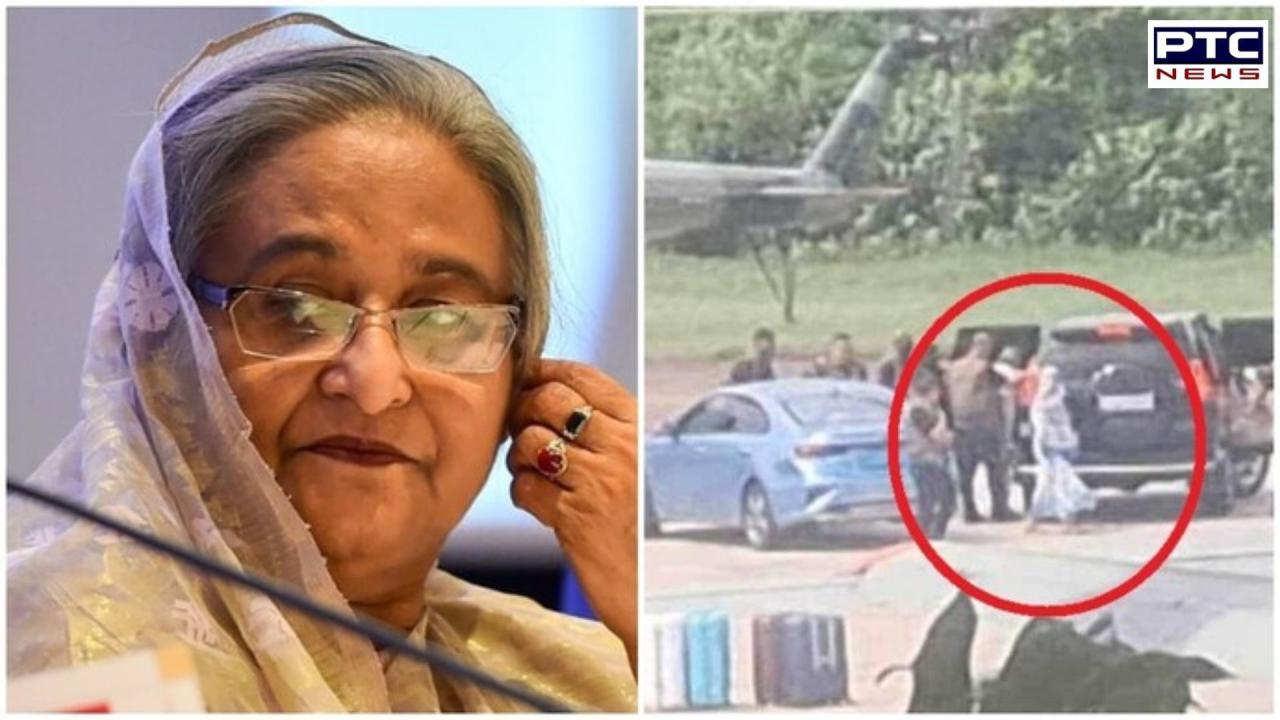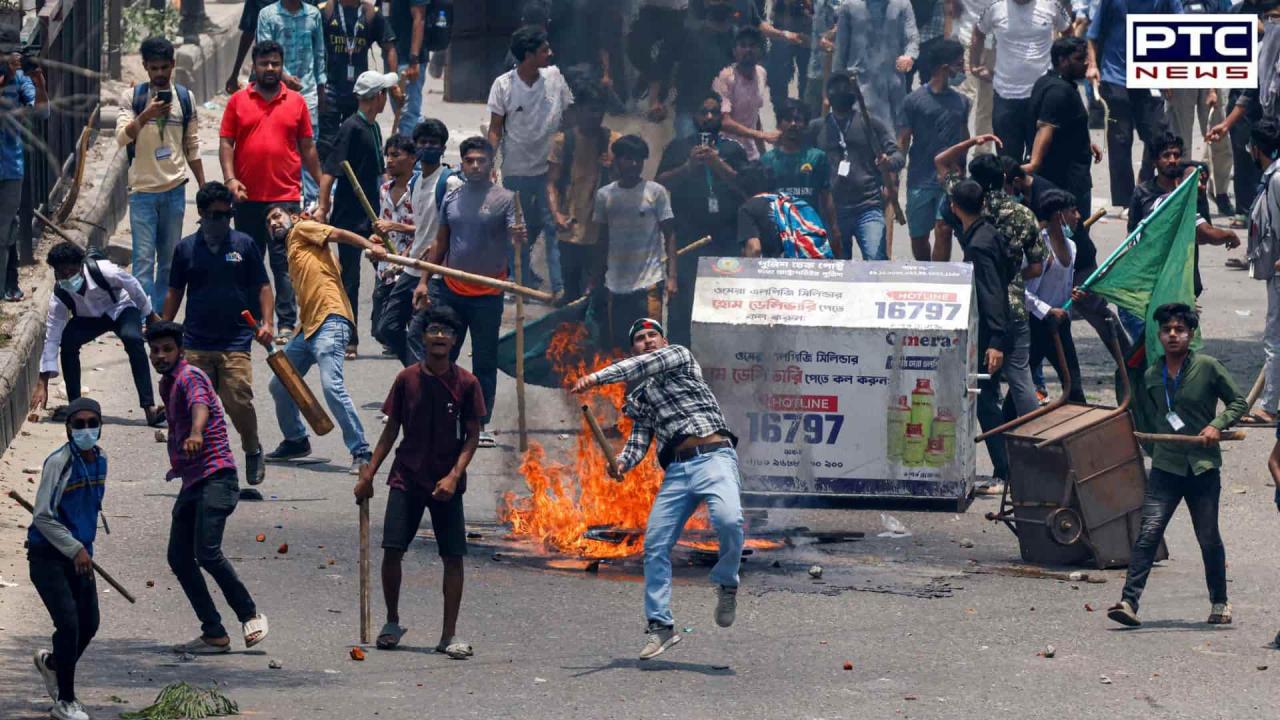Bangladesh Burning: What is behind Bangladesh unrest? Why Sheikh Hasina resigned as PM and fled country?
Bangladesh Army chief General Waker-Uz-Zaman has said Army will form an interim government and urged protesters to return to path of peace
Bangladesh protests update: What began as peaceful student protests over a quota system for government jobs has transformed into a significant challenge and uprising against Sheikh Hasina and her ruling Awami League party. The situation reached a critical point when local media reported that Sheikh Hasina has resigned and left the country via an Army helicopter after protesters announced plans to march to the capital, Dhaka, on Monday. This follows a weekend of violence resulting in numerous fatalities.
The Indian Army has responded to the escalating unrest by imposing an indefinite curfew and cutting off Internet access in an effort to regain control. The protests, initially focused on abolishing the quotas in civil service jobs, have now grown into a broader anti-government movement. Bangladesh Army chief General Waker-Uz-Zaman told the media that the Army will form an interim government and has appealed to the protesters to return to the path of peace.

The Quota System
The mass protests in Bangladesh began with student demonstrations demanding reforms to the civil service quota system. Students argued that the existing quotas unfairly benefited loyalists of Prime Minister Sheikh Hasina’s ruling party, the Awami League. The quotas reserved a significant portion of government jobs for certain groups, including children of 'freedom fighters' from Bangladesh's 1971 independence war, which many students felt was unjust.
As the protests grew, demonstrators expressed broader discontent with Hasina’s government, which they accused of autocratic practices and suppressing dissent. The government’s initial response, which included closing schools and universities, failed to ease the unrest. Instead, it seemed to embolden the protesters further.
A Supreme Court ruling against reintroducing job quotas did not fully satisfy the protesters. While the ruling was viewed by some as aligning with Hasina’s government, it did not address the protesters' demands to abolish all job reservations, leading to continued unrest.

Violence and Government Crackdown
The situation intensified dramatically when former Army Chief General Ikbal Karim Bhuiyan flayed the government’s handling of the protests and called for the withdrawal of troops. The current Army chief's supportive stance toward the protesters further fueled the unrest.
The Timeline
On July 1, university students initiated blockades, disrupting roads and railway lines to demand reforms in the quota system for public sector jobs. Despite winning a fifth term in January, Sheikh Hasina dismissed the protests, stating students were "wasting their time."
Violence escalated on July 16, with the first recorded deaths of six persons following clashes between protesters and pro-government supporters in Dhaka. The government responded by closing schools and universities nationwide.
By July 18, students had rejected Hasina's appeal for calm and continued to demand her resignation. Protesters chanted "down with the dictator," torched the headquarters of Bangladesh Television, and other government buildings. The government imposed an Internet blackout to curb the unrest. Clashes left at least 32 persons dead and hundreds injured, despite a curfew and Army deployment.
Supreme Court Ruling and Continued Unrest
On July 21, Bangladesh's supreme court ruled against reintroducing job quotas. However, this decision did not fully satisfy the protesters, who continued to demand the abolition of job reservations for children of "freedom fighters." The partial concession did little to quell the movement, which continued to gain momentum.
The unrest reached a peak on August 4, when hundreds of thousands clashed with government supporters, resulting in 68 deaths, including 14 police officials. Former Army Chief General Ikbal Karim Bhuiyan urged the government to withdraw troops and condemned the killings, while the current Army Chief, Waker-uz-Zaman, stated that the armed forces "always stood by the people."